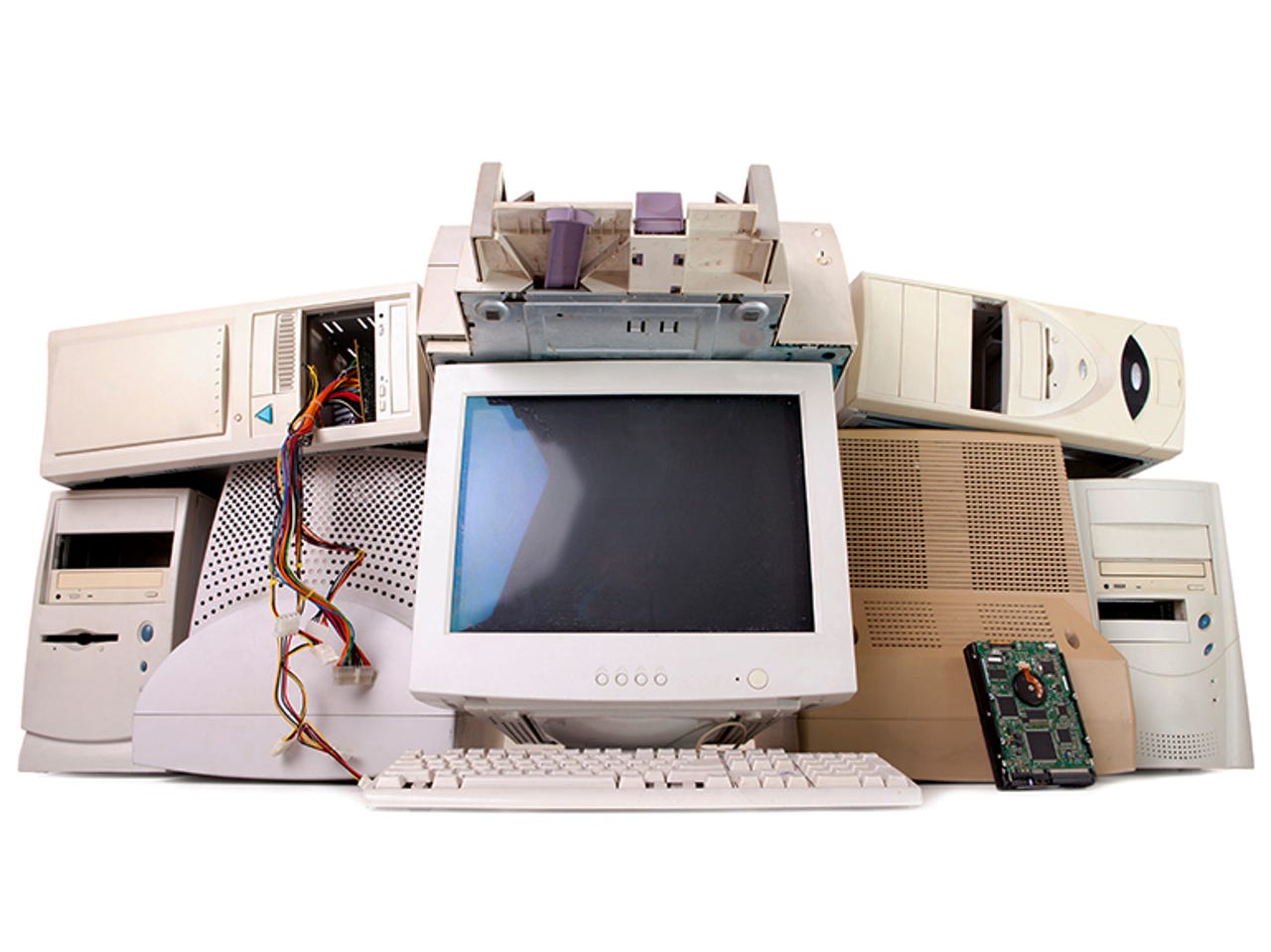How to get more cool stuff done, by taking legwork out of legacy


Research from Forrester suggests CIOs spend an average of 72 percent of their cash on existing IT concerns, while only 28 percent goes to new projects. Market researcher Vanson Bourne paints a similar picture, suggesting almost three-quarters (74 percent) of CIOs spend more time maintaining existing IT systems than searching for new solutions to business challenges.
Experts suggest, however, that IT leaders should spend more of their time and budget on innovation -- perhaps as much as 50 percent. But how can CIOs assess their existing technology resources, find areas where innovation can make a difference, and gain support from senior business executives?
1. Think about how to get the best value from service providers
Claranet UK CIO Andy Wilton recognises that running IT systems can be an expensive business. He estimates that the annual cost of running software is 20 percent of the ticket price; for hardware, it is slightly lower at about 10 percent.
Wilton advises other technology chiefs to think very carefully about the value that systems and services bring to the business. 'Legacy' can be a loaded term: CIOs should not be waylaid by technical details and should make sure they focus on business benefits, and pounds and pence.
"Instead of getting hung up on vendors and manufacturers, list what you've got and what benefits it brings, or could bring, to the business. If there's an opportunity to cut costs, the CIO should works across business functions and put in place a plan to deliver the solution," says Wilton.
That solution will not always involve a move to the cloud. Legacy, it should be stressed, is not a synonym for outdated. Yet for many IT leaders, an analysis of legacy systems, costs and benefits will demonstrate that -- in the long-term -- re-platforming to the cloud can produce a good return on investment. And by moving to an on-demand model, operational costs can be cut and opportunities for innovation increased.
"Of course, once you've made the move to having IT delivered as a service, many of the issues associated with legacy disappear," says Wilton. "Outsourcing the management of your IT and infrastructure in this way does away with the headache of maintaining and patching systems, leaving the services provider to take care of technology behind the scenes."
2. Engage in an open manner to prove the benefits of innovation
Richard Norris, head of IT and business change at Reliance Mutual Insurance, has worked hard since his appointment in 2014 to move from legacy systems to modern platforms. The firm has deployed the desktop virtualisation product VMware Horizon View, sitting on Pivot 3 hardware.
The transition has allowed the business to move from an old Unix-based desktop to a new Windows-based platform. The transformation has been significant, but it will allow Norris to deploy other tools that will run in a Windows environment.
Change has even been initiated in the boardroom. Norris found on joining the firm that executives used to print papers before attending meetings. To cut waste and boost collaboration, he deployed laptops to the senior management team and introduced digital projection equipment into the meeting room.
"We've given people the tools to work together effectively," says Norris, referring to his attempts to modify legacy practices. "People can collaborate and we've facilitated remote working, using tools like Microsoft Lync and Office 365. There are loads of little things you can do to create big improvements."
Yet Norris realises that proving the value of a change in direction can involve a difficult journey. "I've been down that path in other businesses," he says. "But some businesses can really see the value of innovative IT, in terms of modifying processes and creating more opportunities to add to the bottom line. And when you overcome that challenge, and the businesses finally gets the light bulb moment, then -- as a CIO -- you will have cracked it."
Norris says his best-practice advice for other IT leaders is simple: have a general approach of being open and honest. CIOs will be more successful if they engage with their peers, and demonstrate both the risks of a legacy way of working and the potential benefits of innovation.
"If you deploy that approach in conversations with other people, they'll use that approach back to you," he says. "By being open and honest, you have a much more meaningful conversation."
3. Talk about new technology in relation to specific business aims
Former Tullow Oil CIO Andrew Marks also notes the importance of engagement, but he says IT leaders must be careful how they talk about technology. While it would be nice to think IT leaders can collar executives and introduce new technology on its own terms, Marks says CIOs will fail to gain the ear of C-suite peers unless they relate new services to specific business challenges.
"Most senior executives will not be interested in technology for technology's sake," he says. Other business leaders, such as HR directors, will be able to talk broadly about the challenges their function faces, such as the impact of a new generation of entrepreneurially minded entrants to the workplace.
For CIOs, new technology -- just like legacy systems -- can be perceived to entail a whole new set of problems. "People don't like change, and IT is all about change. Most individuals, whether they are new graduates or seasoned professionals, like to work in a persistent and consistent manner," says Marks.
"If you just show people a new technology, they will probably give you a negative reaction. Show them, instead, how a technology might solve existing business challenges and make their day better, and you will get a very different type of reaction."
Read more about managing legacy tech